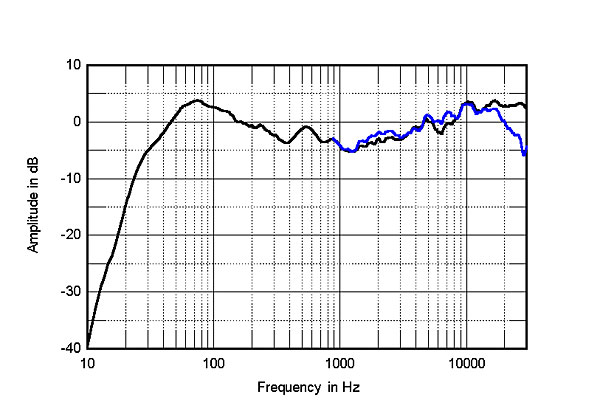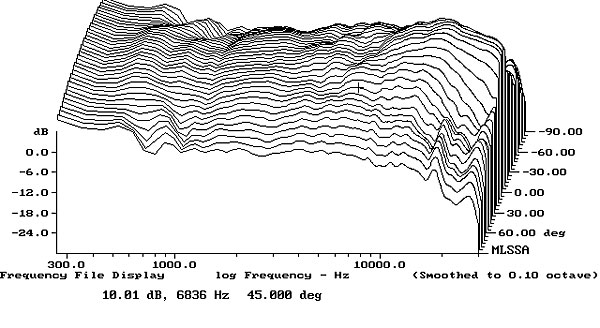There seems to be an assumption in this question (I apologize if I'm wrong) that has been repeated by others. Despite the evaluation being mono vs stereo, the question is whether the results would have remained the same in a comparison of 2 speakers vs 1 with a mono signal. I have little reason to assume they would differ (i.e. I think 2 speakers playing a mono signal would exhibit the same advantages as when playing a stereo signal), and the clarification matters because some posters have noted the signal can sometimes be mono, as if to suggest the findings of 1 speaker vs 2 still applied with mono signal.Thank you for replying, Amir. I can't really argue against the point you make. In your opinion, how much weight should be given to spatial quality in mono versus spatial quality in stereo?
PS, Questioning Toole's conclusions is not tantamount to attacking his work or his findings, but rather raising doubts about any dogmatic perspectives based on those findings. It should be noted that other highly qualified (with PhDs) and well respected individuals have raised many of these questions and the answers have not been fully addressed. In a previous post I mentioned Dr. Geddes, a highly respected individual in audio research and he has raised many of these questions.
PPS Another poster mentioned that the type of recordings could affect preference. He stated that classical recordings [or recordings in a theatre/auditorium] would most likely sound better [all other things being equal] with speakers exhibiting constant directivity and wide dispersion, conversely, he also suggested that studio recording may be better served by speakers exhibiting controlled directivity with narrower dispersion [e.g. speakers using a waveguide to narrow the directivity]. The logic is recordings from an audiorium/theatre will create a sense of space that is more diffused, consistent with the qualities of the wide dispersion speaker, in contrast studio recordings produce spatial characteristics that are less diffused and highlight the placement of musicians within the space. These points were also raised by Dr. Geddes, and he further noted that over 90% of recordings were done in studios. This of course raised a question, how does the vast discrepancy in % between recording types (studio vs venue) affect one's conclusions about speaker design and priorities? I'm not trying to suggest Dr. Geddes is right, I'm just noting assumptions are being made that disregard many important variables that should also be considered.
PPPS Another area the research may be lacking is how the findings can be extrapolated to MCH. In a particular blind test the Revel Salon 2 performed better than the JBL 2 (once again showing speakers with wide dispersion may be subjectively preferable than better measuring speakers with narrower directivity), but the question not answered was which speaker would perform better in MCH in a properly treated room; i.e. could one extrapolate from the blind test that the Salon 2s would be preferred. I think a reasonable argument could be made that the M2s would be preferred. The M2's controlled directivity would give the speaker the advantage in imaging within the sense of space, and the use of MCH within the context of a properly treated room (and perhaps even an untreated room) would cancel any advantage the Salon 2's wide dispersion had in the earlier comparison.
Last edited:


